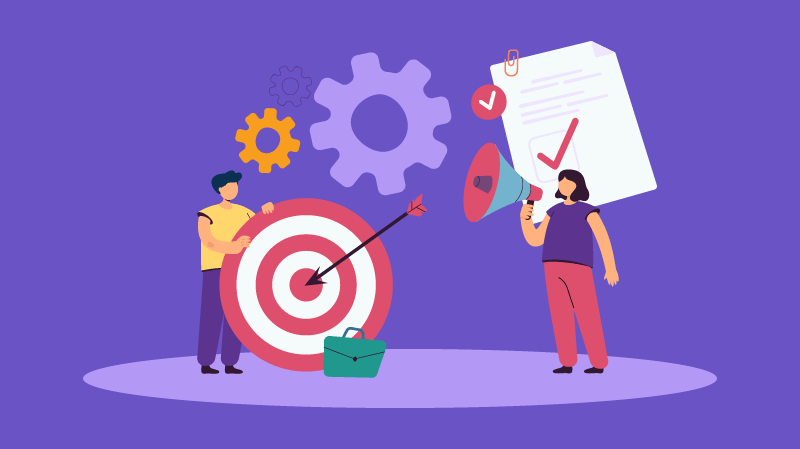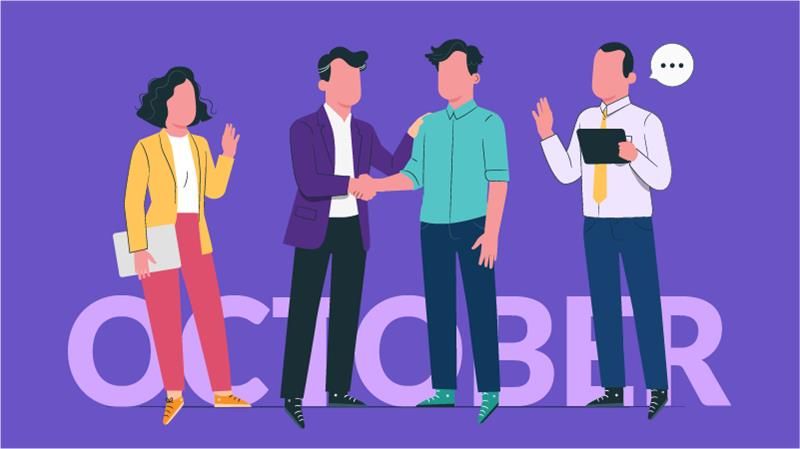Employee Engagement Toolkit for Managers & Supervisors

A Global Employee Recognition and Wellness Platform
High turnover, quiet quitting, and low morale - every manager faces these at some point in time. And the impact is real: global employee engagement fell from 23% to 21% last year. That leads to a staggering $438 billion loss in productivity, proving how disengagement hurts both people and the bottom line.
If you’re struggling to keep your team motivated and engaged, you’re not alone. The good news? There’s a practical solution: an employee engagement toolkit.
In this guide, we’ll walk you through how to build your own employee engagement toolkit- whether you’re a new supervisor or a seasoned manager. You’ll learn what it is, what to include, how to plan and use it in your workplace. Also understand the key tools to consider, industry - specific resources, and how managers play a critical role in making it successful.
What is an employee engagement toolkit? (And why do managers need one?)
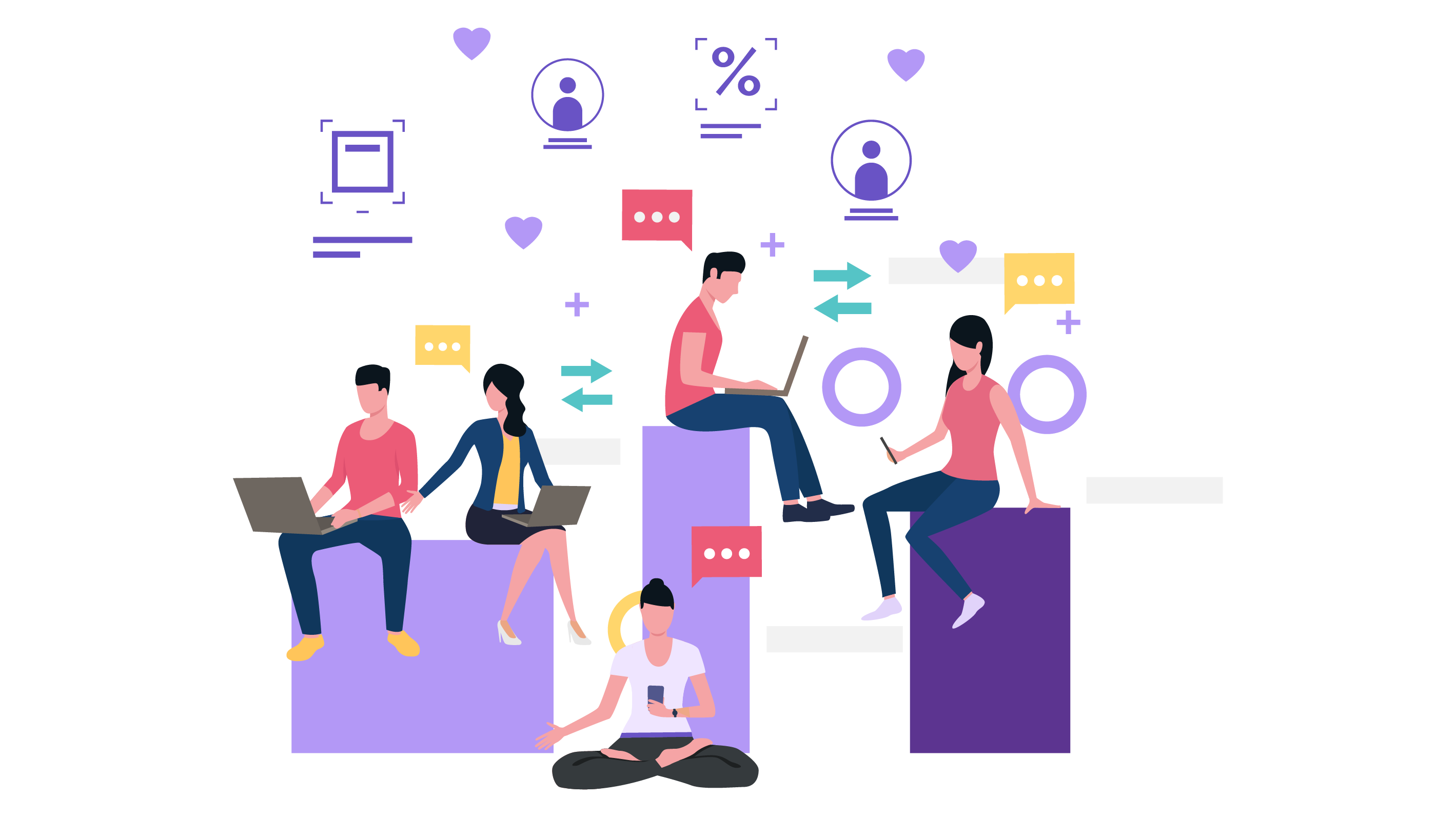
An employee engagement toolkit is a collection of tools, templates, solutions and strategies used by leaders and HR teams. The goal of this toolkit is to create an environment where employees are happy, engaged and committed to their work and the organization.
Employee engagement toolkit includes pulse surveys, recognition programs, wellness solutions, onboarding guides, training materials and more.
Every organization uses an employee engagement toolkit differently, depending on its goals and team setup.
Startups: Startups build a strong culture early with simple engagement tools like onboarding checklists and team check-ins.
SMBs: SMBs use toolkits to reduce burnout and improve retention with structured feedback and recognition.
Enterprises: For enterprises, they use it to standardize engagement across teams with scalable surveys, training, and tracking tools.
Remote/Hybrid Companies: In the case of remote/hybrid companies, toolkits keep distributed teams connected through virtual engagement, recognition, and wellness tools.
Customer-Facing Businesses: It helps to boost frontline morale and service quality with real-time feedback and rewards systems.
HubSpot’s Culture Code acts as a powerful employee engagement tool by clearly defining company values like transparency, autonomy, and inclusivity. It's a living document, regularly updated to reflect employee feedback and evolving culture, helping attract and retain top talent.
While 90% of leaders believe in the importance of employee engagement, only 25% of HR leaders have a formal engagement toolkit or strategy in place.
So how do you create an employee engagement toolkit?
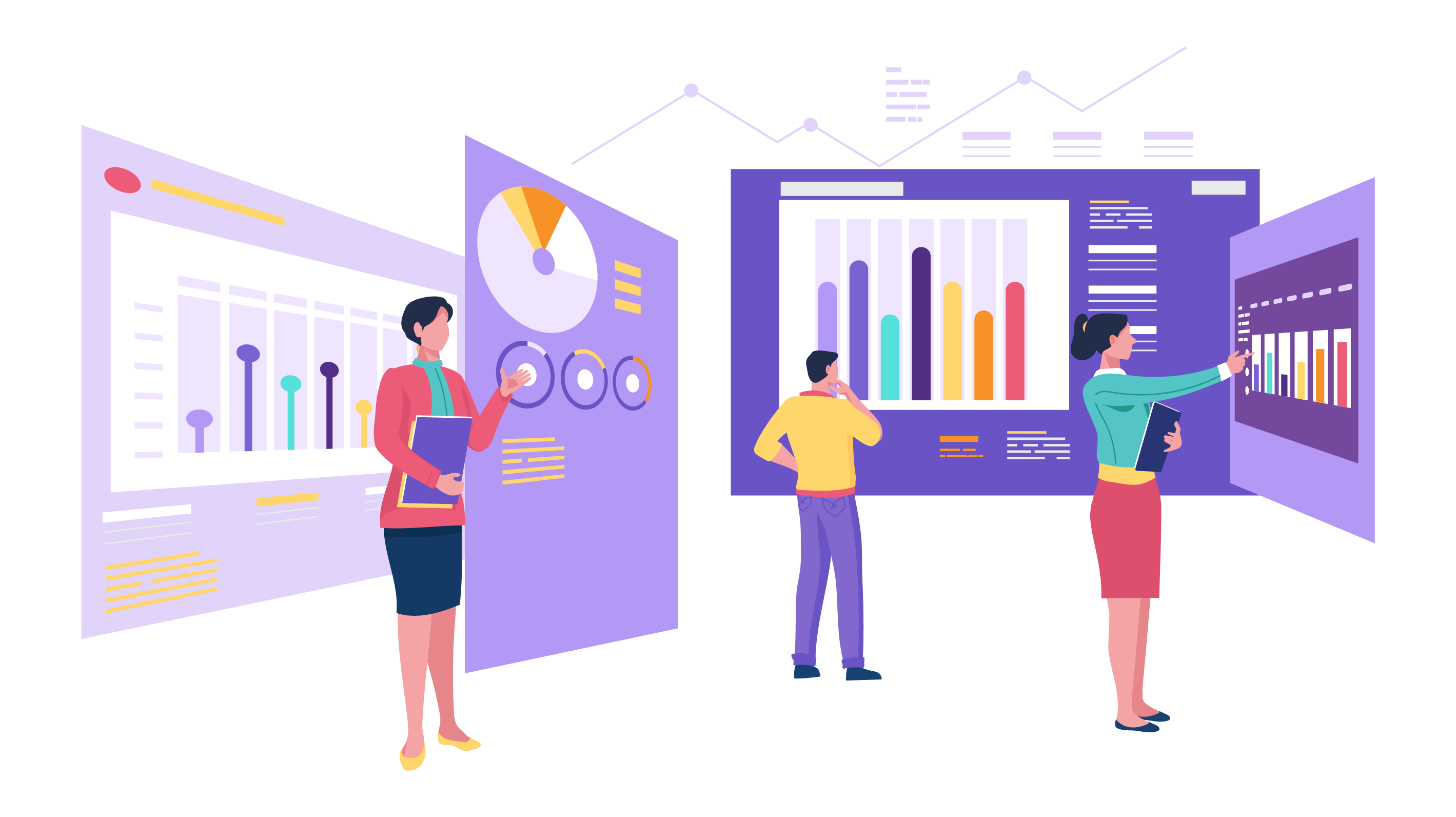
Creating an employee engagement toolkit involves a variety of factors and materials designed to help you measure the engagement levels accurately. It must also guide you to take the necessary actions to maintain and improve that engagement.
Here’s how you can create an employee engagement toolkit efficiently:
Step 1: Establish the Goals and Purpose
-
For what reason are you developing the toolkit? What do you hope to accomplish?
-
Comply with the mission and values of the business
-
Boost productivity, retention, and employee morale
-
Create a culture that values praise and criticism.
Deliverable: Establishing specific goals, such as "Raise engagement scores by 20% in 12 months."
Step 2: Assess Current Engagement Levels
- Conduct an assessment to understand where you stand.
Tools you can use:
-
Employee engagement surveys
-
Focus groups and interviews
-
Exit interview feedback
-
Pulse surveys
Deliverable: Creating your engagement baseline report with common patterns of behaviour and areas for improvement.
Step 3: Identify Key Engagement Drivers
From research and employee feedback, identify top engagement drivers, such as:
-
Leadership and communication
-
Career development
-
Diversity, equity & inclusion
Deliverable: Making a list of prioritized engagement focus areas.
Step 4: Design the Toolkit Components
Build practical tools, templates, and resources around each engagement driver.
The common toolkit components are:
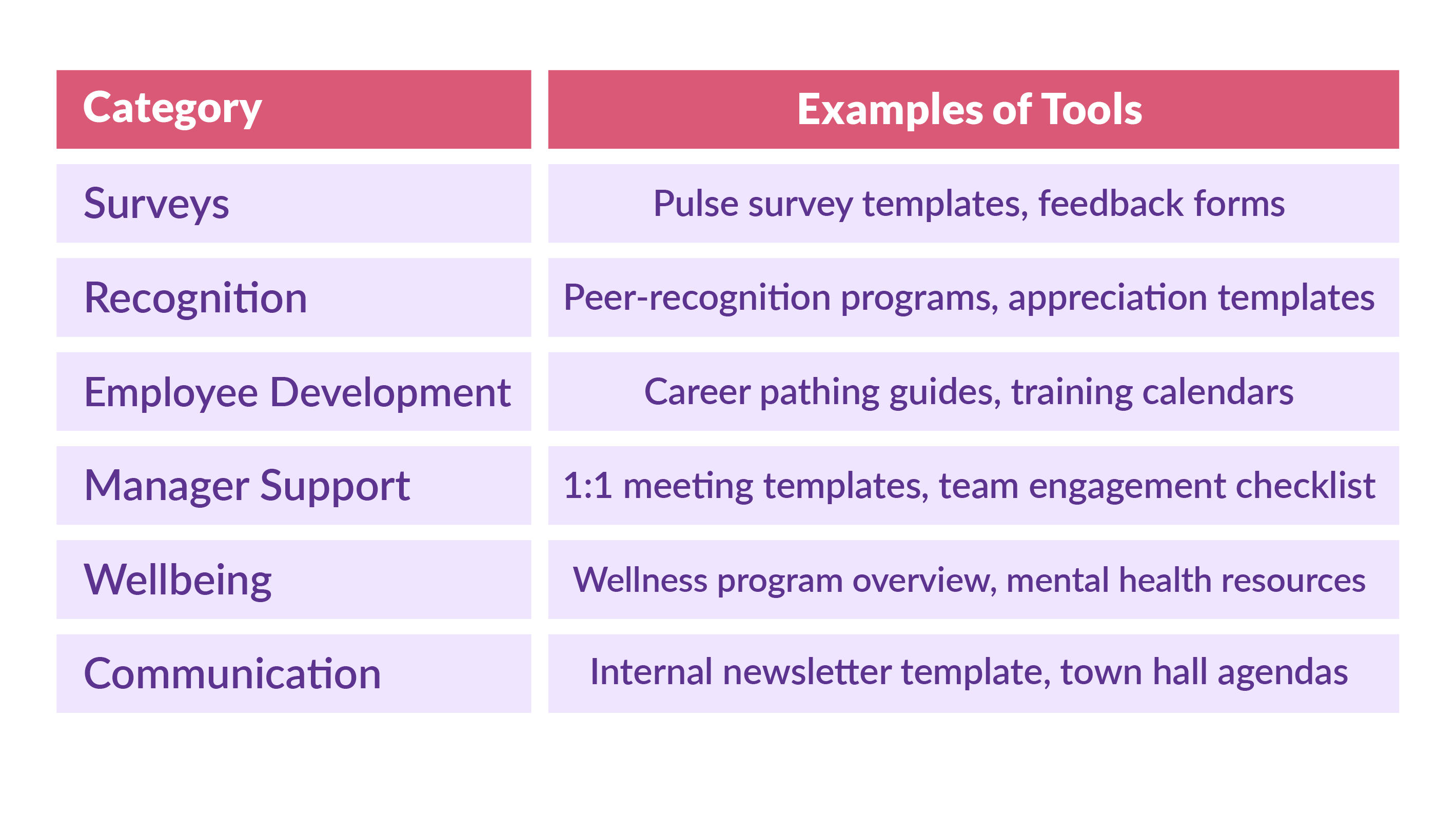
Deliverable: Framing a clear layout of the employee engagement toolkit. It should include all resources that can be easily downloaded or printed, each designed to help users apply the toolkit in real-world situations.
Step 5: Customize by Audience
Tailor sections of the toolkit for different user groups:
- HR teams – for strategy and measurement
Provide tools to design engagement initiatives, analyze survey data, and track progress across the organization.
- Managers – for team-level engagement
Equip managers with practical resources to boost engagement in their teams, like meeting templates and recognition tools.
- Employees – for self-service tools and participation
Give employees access to resources they can use directly, such as feedback channels, learning guides, and wellness support.
Step 6: Pilot & Collect Feedback
-
Test the toolkit with a small group.
-
Use one department or region as a pilot
-
Collect user feedback (ease of use, usefulness, gaps)
-
Make necessary adjustments
Use feedback from the pilot phase to revise and enhance the toolkit, ensuring it’s more effective and aligned with user needs.
Step 7: Launch the Toolkit
Plan a company-wide rollout:
-
Communicate the purpose and value
-
Provide training for managers and HR
-
Set expectations and timelines for usage
Step 8: Measure Impact & Iterate
Track the effectiveness of your toolkit:
-
Monitor engagement scores regularly
-
Track participation rates in programs
-
Collect ongoing feedback
Deliverable: Making quarterly or bi-annual engagement reports and noting toolkit updates
Provide digital access of the toolkit. Host the toolkit on an internal platform or intranet. Make resources downloadable or interactive. Integrate with HR software or LMS if available.
Final Deliverable
The final product should be well-organized, branded, and user-friendly and that serves as a primary resource for getting employees involved.
To assist users, it should include a clear "Welcome" and "How to Use" section, along with an "Engagement Strategy Overview" to help align efforts with the organization's goals.
There should also be "Tools by Engagement Area" sections to make everything easy to find. To ensure it’s really useful, include role-specific toolkits tailored for HR, managers, and employees. Make sure to provide users with contact and support information in case they need assistance, as well as an update log to inform them about new tools or improvements.
The aim is to make engagement achievable, easy to navigate, and sustainable at all levels of the company.
Must have employee engagement toolkits
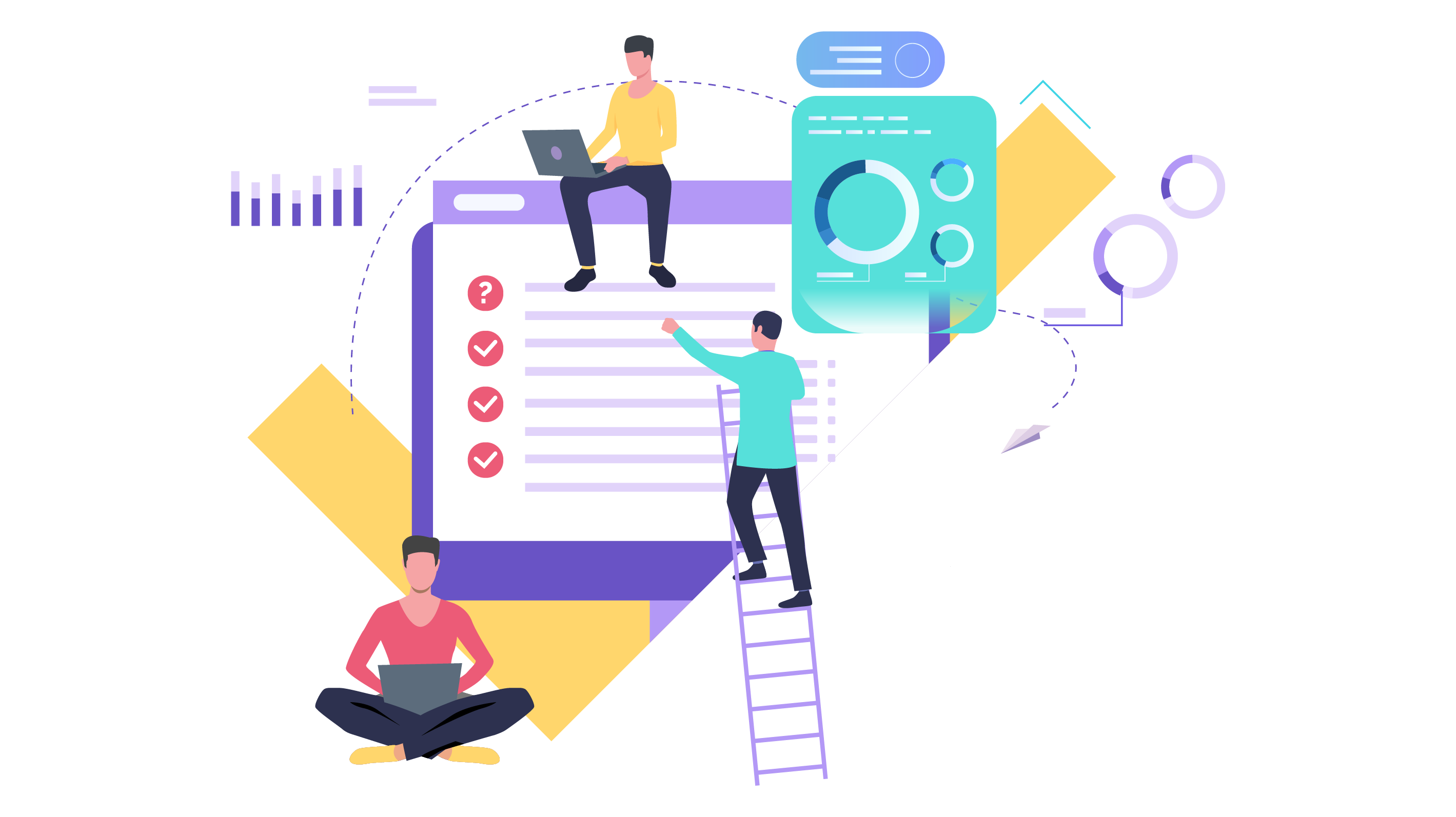
1. Digital Toolkits to Boost Engagement
-
Feedback toolkits
Strong employee feedback tools such as those that provide short, frequent pulse surveys enable leaders to obtain real-time insights more easily. They respond to issues promptly and monitor trends in engagement over time.
The perfect example here is Vantage Pulse, which simplifies the feedback process to remain ahead of the pulse of the staff.
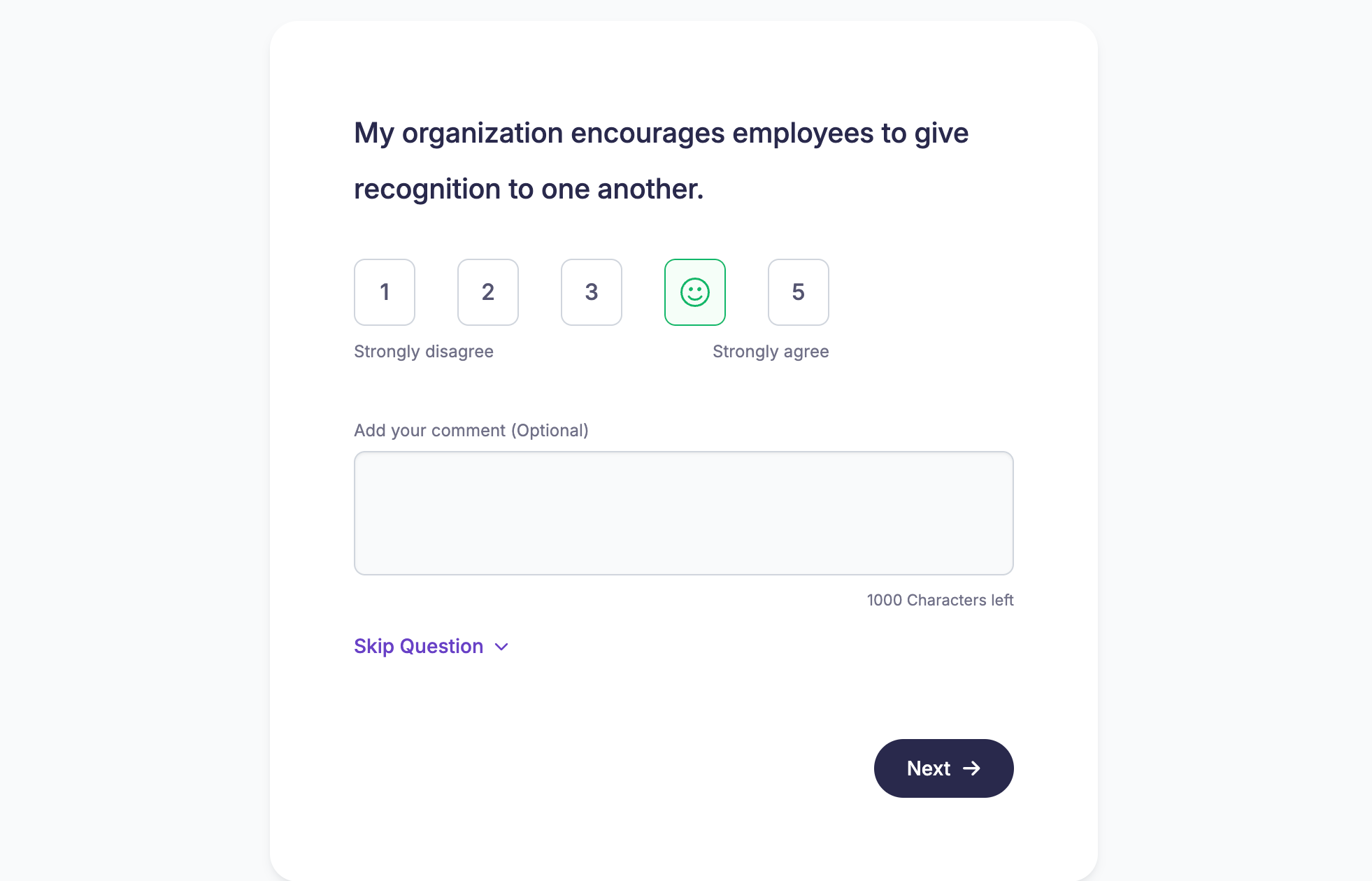
Source: Vantage Pulse
-
Recognition and Rewards toolkits
Employee motivation and inspiration often come down to simply recognizing their efforts.
Solutions that facilitate peer-to-peer recognition, point-based reward systems, and milestone acknowledgment create a scalable, repetitive method for appreciation.
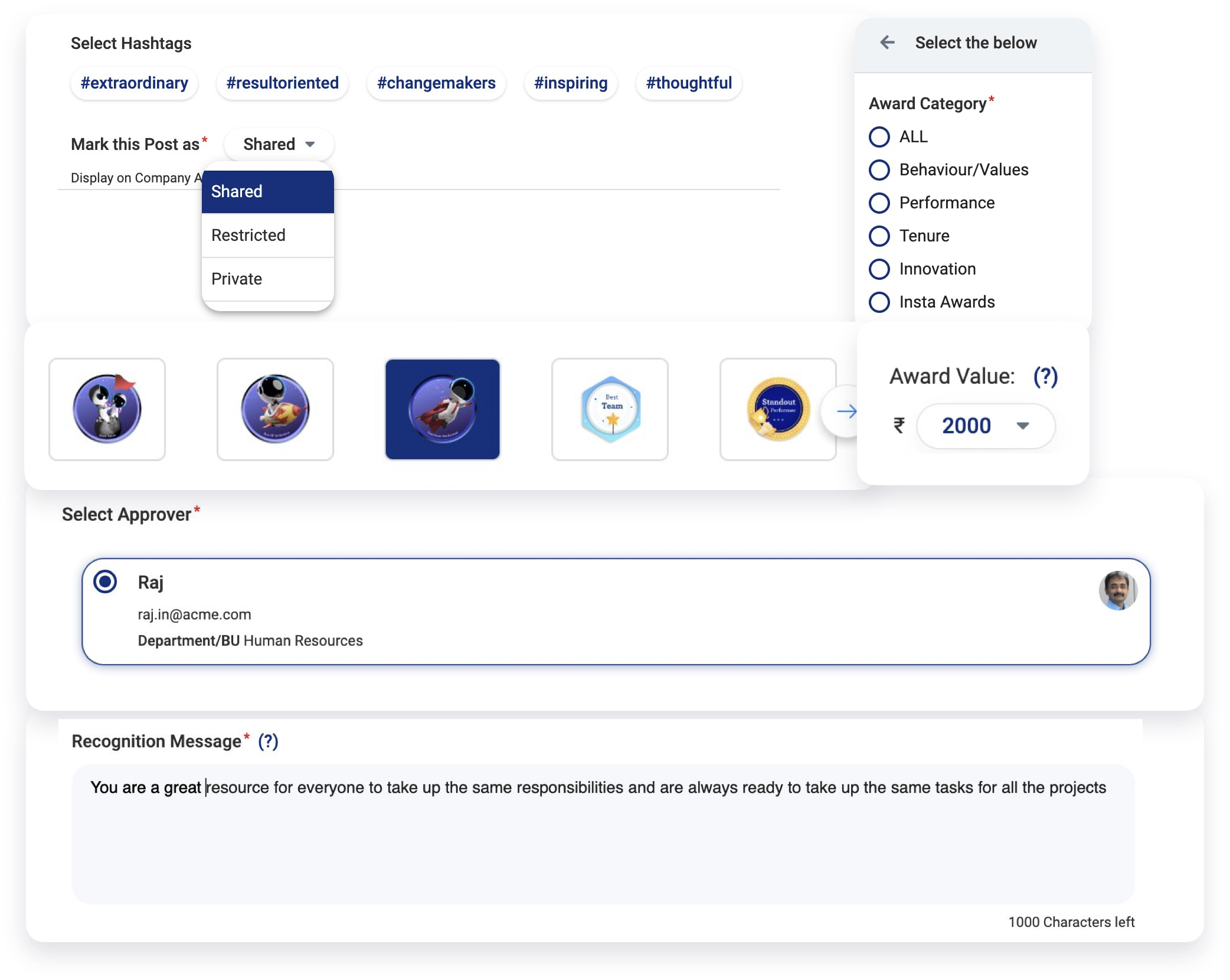
Source: Vantage Recognition
Your platform should facilitate these core functionalities. Using them on a regular manner will foster a culture in which acknowledgment is accessible and highly valued.
-
Communication toolkits
There are a variety of tools on the market that simplify two-way communication, encourage transparency, and maintain employees' connections - particularly vital in hybrid or remote settings.
A study by Interact/Harris Poll found that 91% of employees believe their leaders lack effective communication skills, with many also questioning their methods.
This highlights the critical need for a structured communication toolkit in today’s workplace.
Learning and Development Toolkits: Digital learning and development toolkits give employees access to :
- role-specific training,
- skill-building materials, and
- carefully curated learning journeys – empowering them to take charge of their own development.
These tools foster a culture of growth and show that the company values its employees by facilitating career advancement and ongoing education.
-
Performance management tools
Tools that facilitate goal alignment and regular check-ins ensure that individual growth aligns with broader company objectives. This alignment not only boosts performance but also strengthens employee engagement by giving work a clearer sense of purpose.
2. Low-Cost, Simple Engagement Toolkits
Software isn't always necessary; even low-key rituals and habits can make a huge difference.
Say like,
-
Kudos boards - Visible places for coworker gratitude
-
Spreadsheets - Tracking feedback, objectives, or awards manually
-
Meeting agendas - Leave room for shoutouts or instant pulse check
-
Weekly rituals - Gratitude Fridays, employee shout-outs, or open Q&A time
Sector-specific employee engagement toolkits
Various industries pose various challenges - so engagement tools need to be customized to the work culture. Here's how you can target your efforts by industry:
1. Healthcare Engagement Toolkit
Prioritize preventing burnout and enhancing work-life balance with tools such as flexible shift scheduling, wellness programs, and mental health check-ins.
2. Retail & Hospitality Toolkit
Increase participation by giving frontline employees a voice through daily team huddles, instant reward programs, and easy feedback mechanisms
3. Tech Industry Toolkit
Foster innovation and ownership through flexible work arrangements, innovation days, and formal mentorship programs.
For deeper, industry-specific examples on how these engagement tools work in software settings — including retention tactics, distributed work culture, and reward programs - read our article on employee engagement in software companies.
4. Manufacturing Toolkit
Enhance team morale with safety milestone celebrations, new ideas suggestion boards, and open communication channels for all shift workers.
The supervisor’s role in bringing the employee engagement toolkit to life

Gallup research shows that 70% of employee engagement depends on the manager. How supervisors communicate, coach, and recognize their teams makes a big difference. Without the right support from managers, even the best engagement toolkit won’t work.
Key responsibilities of supervisors include:
1. Coaching with Care
Managers are in the best position to coach and support employees on how to be effective in their roles, grow, and connect with a sense of purpose. The toolkit offers conversation starters, feedback suggestions, and engagement check-ins. But it’s the supervisor’s ability to listen, ask questions, and genuinely engage that brings those tools to life.
2. Removing Obstacles
Employees who are stuck in their current positions and do not receive any support from their managers lack engagement. One of the biggest things supervisors can do to help employees is identify and remove roadblocks, whether that means obtaining resources or clarifying expectations. The toolkit can help identify common issues, but only the manager can effect real change.
3. Celebrating Successes
Recognition is one of the core components of employee engagement. The toolkit provides ideas on how to make recognition frequent and meaningful.
Whether it’s a quick shoutout in a meeting or a personalized note, celebrating progress- big or small- builds momentum and trust.
4. Make It Authentic. Make it Personal
The most effective implementation of the employee engagement toolkit for supervisors occurs when leaders personalize and internalize it. It’s not just about ticking boxes; it’s about genuinely bonding with your team.
Make it individualized. Be consistent, without sounding robotic or generic.
Let your team know that it matters to you, that engagement is not only a program but also a priority.
FAQs
1. What’s the first step in building an engagement toolkit?
Clearly identifying the engagement's purpose is the first stage in creating an engagement toolkit since it helps you communicate with stakeholders, keeps your objectives focused, and guarantees the toolkit is pertinent to your objectives.
2. How do you measure a toolkit’s success?
Success is measured through supervisor adoption rates, changes in leadership behavior, and improvements in team engagement scores.
We also track feedback, usage data, and real-world impact through surveys, focus groups, and success stories.
3. What is the difference between employee engagement and employee experience?
Employee engagement refers to how emotionally committed and motivated employees are to their work and company. Employee experience is the overall journey employees have at the organization, including every interaction, environment, and culture they encounter from hiring to exit.










